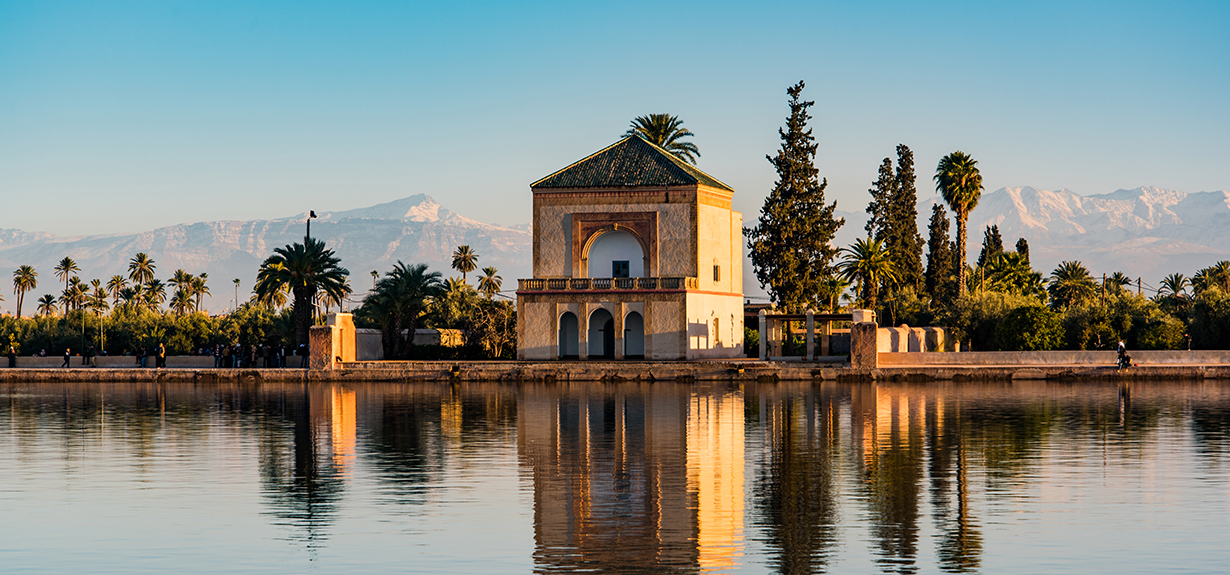As a Pacific Northwest local, I grew up in Oregon where it was very rainy throughout the winter. I now reside in a “rainshadow” microclimate in Washington State, but winters are still rough (a howling wind and rain storm outside as I type). Regardless of my disdain for the cold months, I seemed to have settled here with someone who doesn’t mind them at all. He cheerfully bundles up and goes about life with the same energy he brings to the spring and summer months. Not me.
International travel has been my way of fleeing the dark, long, rainy, and cold months in search of sun and mental stimulation. It seems no amount of “hygge,” trips to the snow, hot saunas, Happy Lights, or supplemental vitamin D can cure my winter doldrums. For those of you that also struggle with the short days and long nights, you know what I mean about the failed attempts to reframe the winter as a cozy period of introspection or time to catch up on reading those dusty books on your nightstand. I need sun, color, and a shot of inspiration so I can face the rest of the winter back home.
As the world begins to re-open, and destinations continue to devise safe ways to welcome back travelers, it’s time to think about unconventional places for inspiring winter trips.
I have put together three wonderful destinations that will energize your soul. These destinations are not often touted as “winter escapes.” They’re not necessarily beachy or hot, but they provide a wealth of other experiences that will make you feel worlds away from the cold temperatures or grey drizzle back home. They offer color, culture, and culinary explorations with each destination invoking a sense of wonder, inspiration, and adventure. If you only have a week to 10 days for a winter vacation, a well-thought out and mindfully designed itinerary can provide a rich experience in a short time. Colombia is the one destination where a tropical beach escape is still possible—head to the islands off the coast of Cartagena!
PERU
The first time I went to Peru, I didn’t want to leave. I made a point to travel back multiple times—repeatedly extending my stay—and always yearn to return. Don’t be put off that our winter is also their “rainy season.” Peru can really be a year-round destination with perhaps the exception of February. We have many travelers that visit over the holiday period in December. The energy of the festive season is wonderful with many celebrations that include dancing, processions, and colorful displays of food and flowers bringing people together across towns and villages.
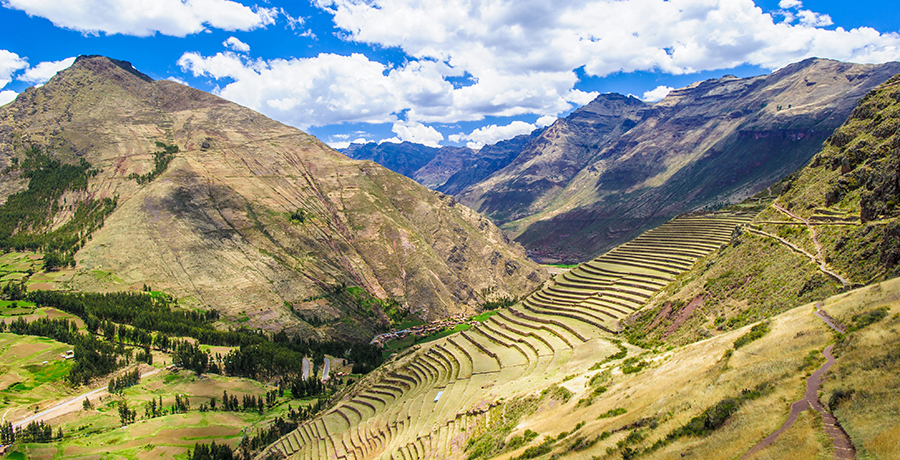
One of the most striking attributes of Peru are of course the Andes Mountains. In particular, Peru’s stretch of the Andean Cordillera feels especially magical. Something about the way the sunlight filters into the valleys, illuminating the Inca terraces and also the mountain peaks and demonstrates the artistry of the early Incan sites. The Sacred Valley is aptly named for its energy and beauty—a place of fertility and heritage.
For foodies, a major highlight is Peru’s distinct cuisine and the mixing of cultures that produce interesting fusions. A creative array of grains, herbs, roots, and vegetables are used, and you can sample the fabulous fusion style cuisine that blends signature Peruvian recipes with Japanese, Italian, and Spanish preparations. Many chefs make it a point to feature unique Andean cultivars such as potatoes and “ancient” grains like quinoa and amaranth. (There are over 4,000 known varieties of potato that originate from the Andes!) Seafood-based ceviche and sushi are popular in the coastal regions, and the traditional roasted “cuay’ (ie. guinea pig,) is common throughout the mountains. Choose your own culinary adventure!
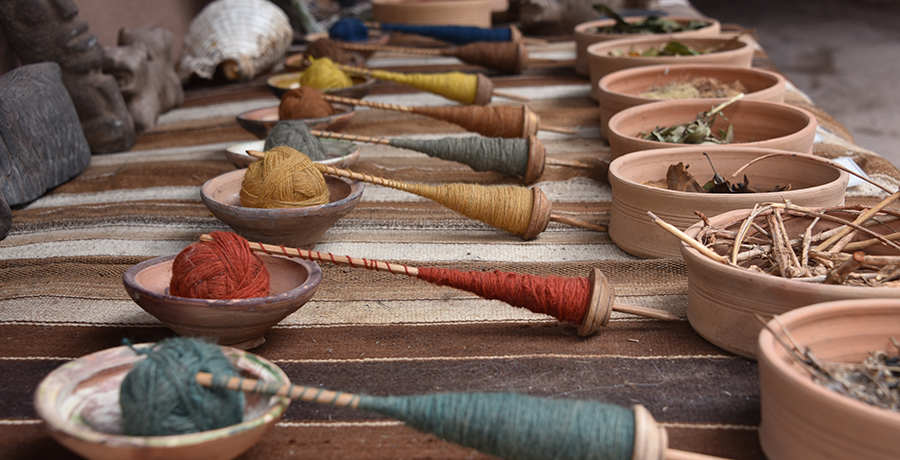
If you’re into shopping or a collector of arts and folk-arts, the artisanal ceramics and textiles will lure you into storefronts with their pops of color. It’s also captivating to see the locals in their traditionally woven garments that make you feel as if you are part of living history. Local markets can be a great place to shop for momentos, as well as curated shops in towns and cities.
There are a diversity of landscapes, and some of the major draws include the Inca Trail, Machu Picchu, the Sacred Valley, Andean Highlands, and Cusco, as well as the regions of Arequipa with the stunning Colca Canyon, Lake Titicaca and its floating Uros, and the remote Amazonian regions of Tambopata, Manu, and Iquitos.
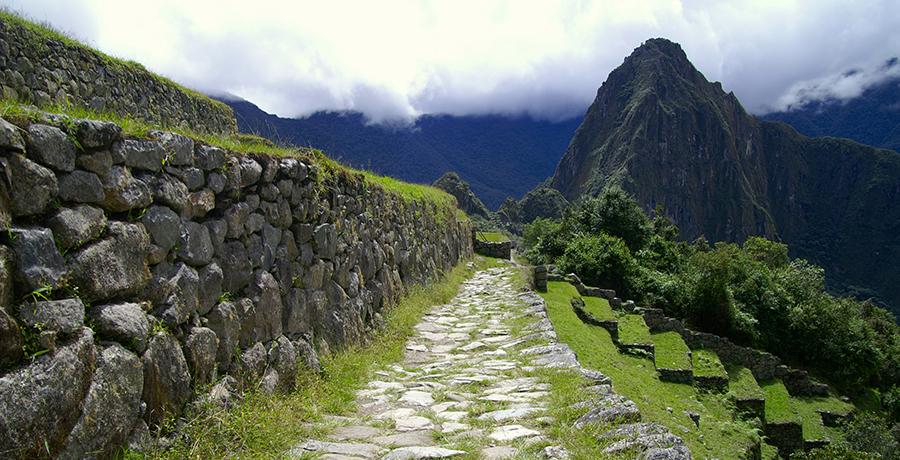
In addition to winter, I highly recommend a spring trip to Peru, which is beautifully green and uncrowded. The “best” weather months are between May and October, but I honestly enjoy the shoulder seasons of March and April, which make it perfect for a spring break trip too.
MOROCCO
During winter, Morocco is a great choice with its sunny, blue skies and its bursts of color.
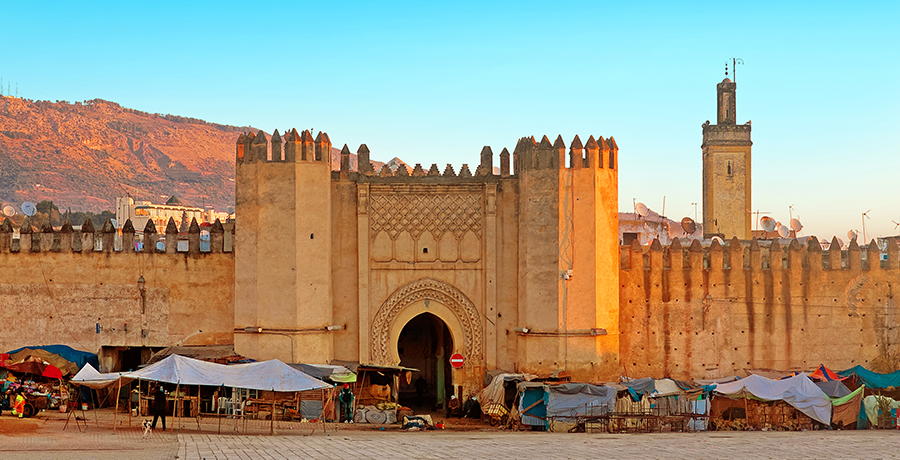
The medinas and bazaars are buzzing with activity. My first time to Marrakech, we arrived very early in the morning and dragged our suitcases through a maze of narrow cobblestone streets to our riad. We arrived at an enormous, wooden door that when opened, revealed a dreamy pink and blue courtyard with a babbling fountain. Riads are the perfect reprieve from the busy markets and streets, with their private courtyards, gardens, and peaceful pools and fountains. Wind your way up colorfully tiled staircases to rooftop patios, where you find yourself in a cacti and succulent gardens. There are beautifully woven textile cushions where you can sit and enjoy a morning coffee with your french-inspired pastries and breads before you hit the city for sightseeing. While in Marrakech a must-visit is to Yves Saint Laurent’s Majorelle Garden with its cobalt blues, terracottas, and ochre yellows, and an impressive array of cacti.
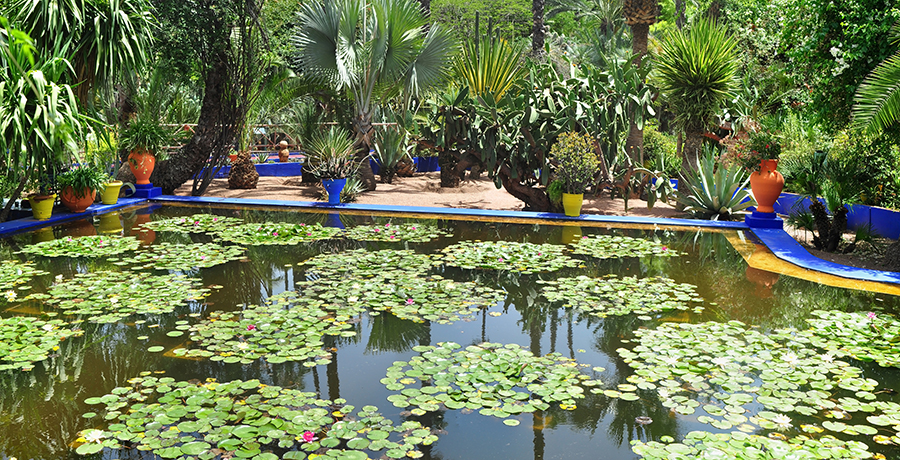
For foodies, itineraries that include cooking classes will provide a great gateway into the culture. Accompany your host to local markets, learn to select the best ingredients, and enjoy a natural opportunity to socialize with locals and like-minded travelers. Discover how to use spices and techniques specific to the region. It’s also fun to bring home new recipes and cooking hacks as a way to extend the travel experience when you return to the short days and long nights. The winter months are also when you can get the most incredible freshly squeezed orange juice! It’s inexpensive and copious, and it feels like a cheerful glass of sunshine going down.
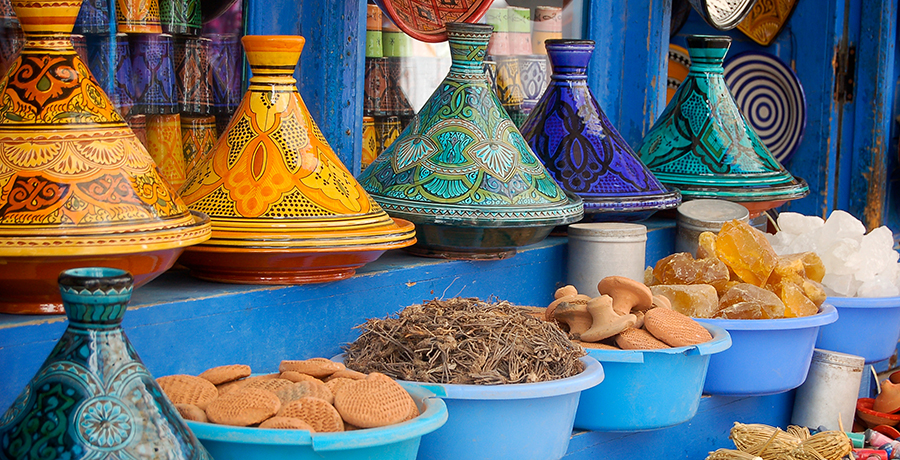
Winter trips in Morocco are complemented by the culture of the hammam. A warm, relaxing steam room can be combined with other spa services and provides a break from the hustle and bustle of any city’s main square. Or float over the city in a hot air balloon where you will get a birds-eye view of the city and what’s behind its fortress walls.
I recommend taking the short jaunt to the coastal town of Essaouira for a day trip or an overnight. It has a completely different feel and is a wonderful destination to relax. And certainly, if you’re traveling in the spring or fall, venture into the small hamlets and villages of the Atlas Mountains to experience rural life. Or if you’re a skier, hit the mountain slopes for a day of skiing or snowboarding.

Additionally, from Fez, you can experience an incredible luxury desert camping trip in the Sahara before making your way to oasis valleys and onward to Marakech.
COLOMBIA
Colombia offers a depth of experience thanks to the warmth of the Colombian people and the beauty of its landscapes. It doesn’t feel over touristed, and there are so many little gems waiting to be explored. You can feel the place buzzing with energy and potential. When traveling in Colombia, plan on taking short, regional flights between destinations to maximize your time. Road travel is long and often bumpy and can chew up a lot of time. Numerous, frequent flights between distant locations make it possible to hit a couple of main destinations in short order.
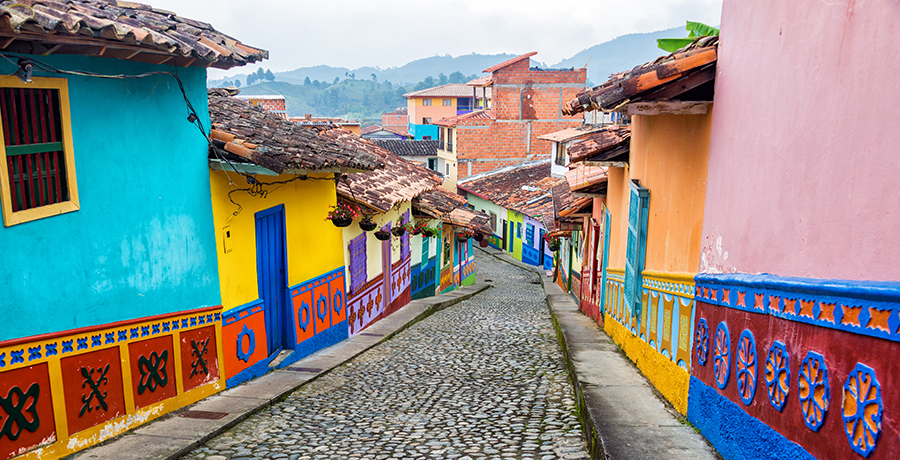
If it’s your first time to Colombia, I recommend starting with two destinations, such as an itinerary that combines Medellin and its surroundings with Cartagena.
Medellin is located in the Department of Antioquia—a lush, mountainous region with rivers, incredible coffee, and one of my favorite sustainable eco-lodges. Cannua Lodge was built with local materials and has an incredible restaurant and permaculture garden that helps to supply the kitchen. From the lodge, take a pre-Hispanic trail that leads to a gorgeous waterfall where rappelling is possible and complemented by a home cooked traditional picnic lunch. Enjoy the mountain terrain and small villages en route to the waterfall.
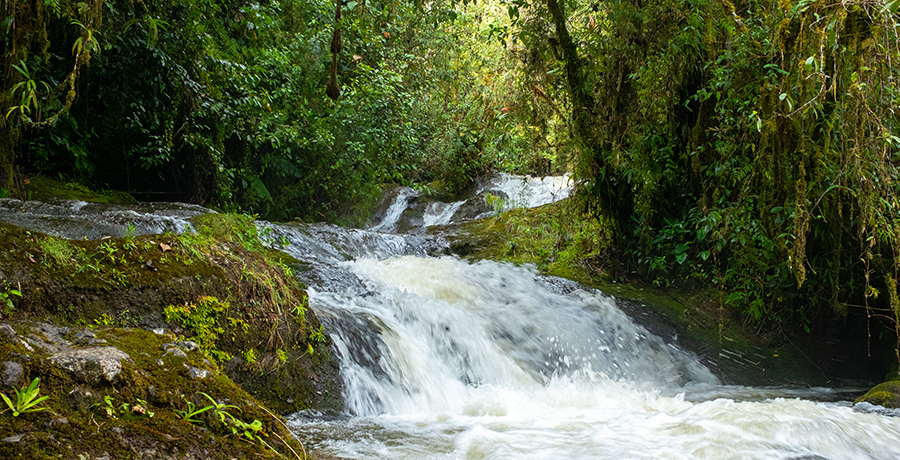
A birders’ paradise, Colombia has over 1878 identified species. It is said that Colombia has more bird species than any other country on the planet. Over 1050 bird species have been identified in Antioquia alone! You can bird from anywhere, but from Cannua, you can go with an enthusiastic guide and see many birds walking around the property!
For the adventurous thrill seekers, paragliding over the Andes is a great option. And for coffee lovers, Antioquia is the region where the best coffee is grown. Check out our Deep Dive Colombia Coffee Experience to visit the region’s premier coffee farms and sample their excellent products. You can also boat down Colombia’s major river looking for Pablo Escobar’s escaped hippos and then river tube to a waterfall with a riverside picnic lunch.
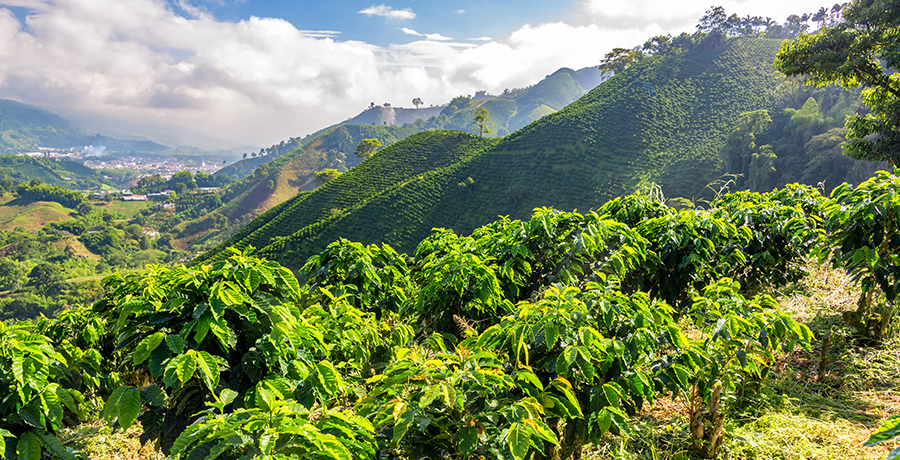
After four-five days in Antioquia and Medellin, I recommend stopping in Cartagena for two nights. Then visit some of the islands off the coast to finish off with a nice beach experience. Cartagena is a completely different experience from the rest of the country. As one of the oldest ports in the Americas, it offers a complex history, rich culture, and lots of walkability for exploring the city. It’s also worthwhile to visit the village of Palanque—the first “free town” established by Africans that escaped enslavement during colonial times—where you’ll get an in-depth tour with a local organization dedicated to uplifting their communities and sharing their stories. From here, rest your bones on the white-sand beaches of Las Islas Baru (only a 45-minute speedboat ride from Cartagena) or the Rosario Islands.
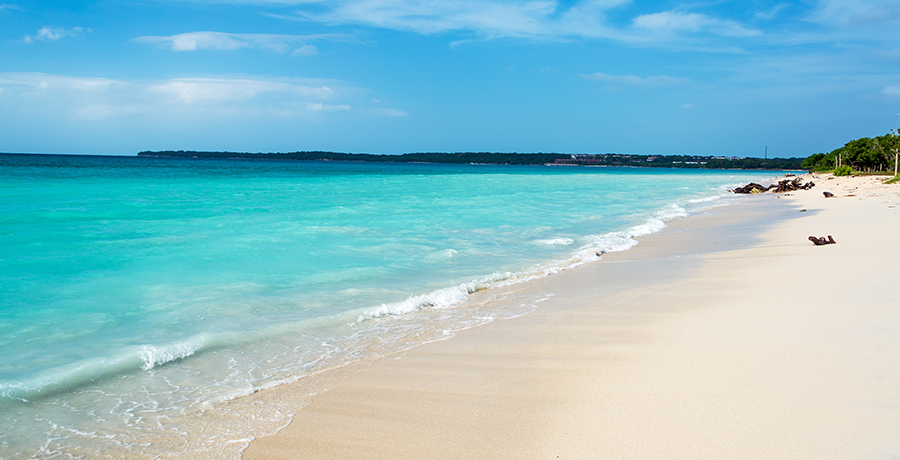
If you have two-three weeks, I’d add in somewhere distant and remote like the region of Barrichara, or the rugged and rough multi-day trek to the Lost City, or some days exploring Tyrona National Park. Distances are long, and Colombia is not yet popular with mass tourism (thankfully!), so we recommend having someone help you plan your trip.

Other destinations that should be on your radar for winter are:
India— it’s a perfect time to visit the tiger parks in Central India; Sri Lanka for history, leopards and elephants; Patagonia for glaciers, wildlife, wine, and trekking; and a safari in Tanzania to see the births of thousands of wildebeest in the Serengeti and all the animals that follow!
